In June 2018, Tine Thomas went to Werner Von Siemens Gymnasium in Gronau to introduce geophysics to the pupils.
Thirty students attended and asked many questions. Will they be our new TIMEleSS members?!
Phase TransformatIons, MicrostructurEs, and their Seismic Signals from the Earth's mantle

In June 2018, Tine Thomas went to Werner Von Siemens Gymnasium in Gronau to introduce geophysics to the pupils.
Thirty students attended and asked many questions. Will they be our new TIMEleSS members?!
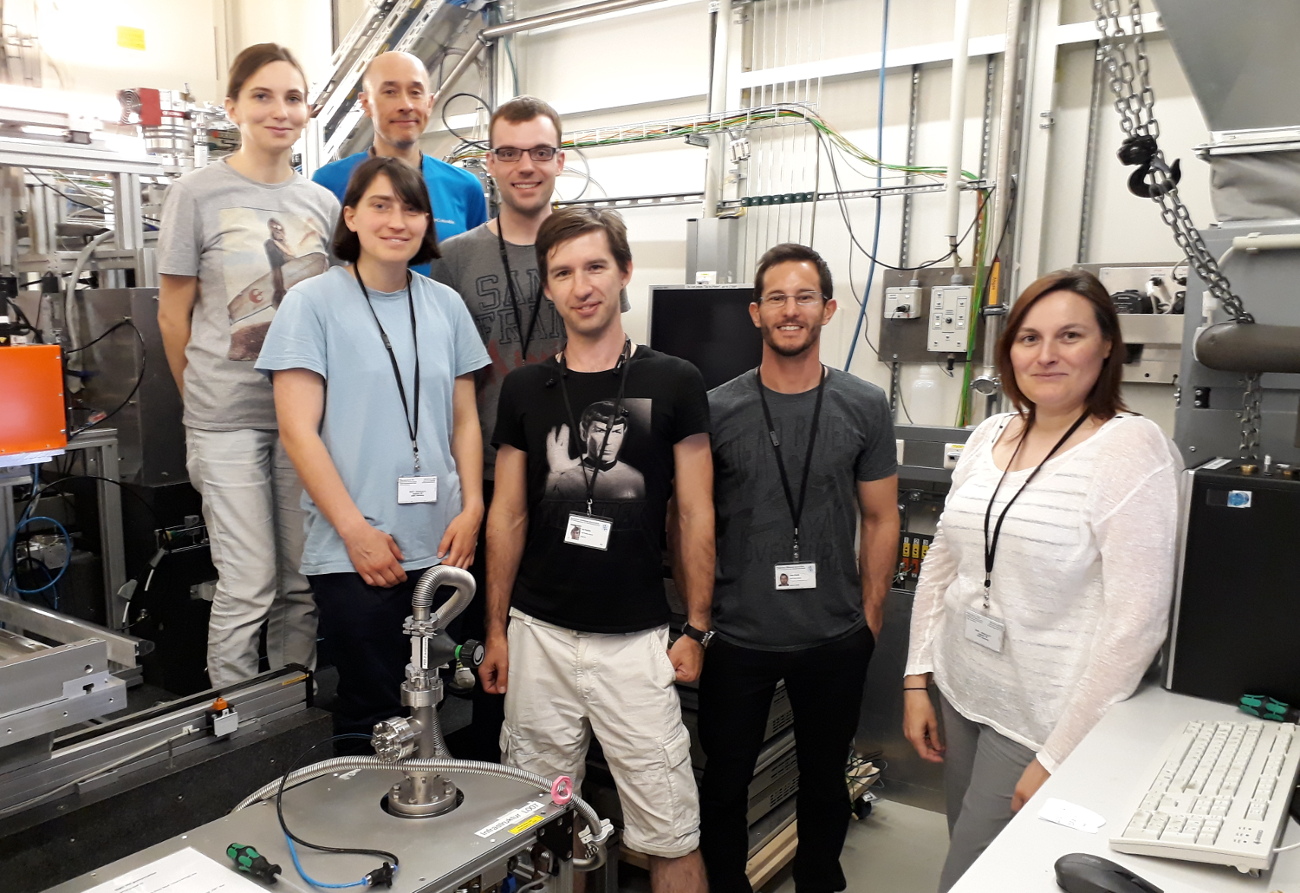
Members of the TIMEleSS project are spending a few days at the P02.2 beamline of the PETRA III synchrotron in Hamburg. Week-end will be busy and samples will get hot!
On the picture: Melissa Achorner (WWU Münster), Sergio Speziale (GFZ Potsdam), Estelle Ledoux (Univ. Lille), Matthias Krug (WWU Münster), Ilya Kupenko (WWU Münster), Julien Chantel (Univ. Lille), and Carmen Sanchez-Valle (WWU Münster).
Federica Rochira gave her first talk at the Institute of Geophysics in Münster. She presented her part of the TIMEleSS project and the first results about the out-of-plane reflections in the mid-mantle. The seismology group of Münster was present but also Carmen and Matthias of the Institute of Mineralogy, also involved in the TIMEleSS project.
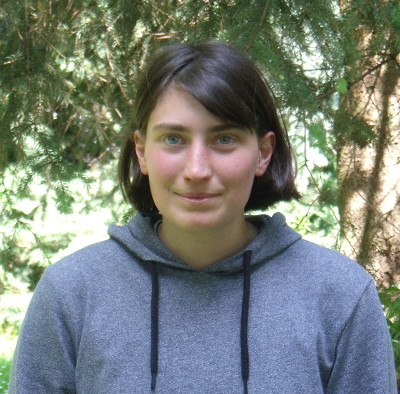 Estelle Ledoux is a PhD student in the Earth and Planetary Materials group at the Université de Lille since May 2018.
Estelle Ledoux is a PhD student in the Earth and Planetary Materials group at the Université de Lille since May 2018.
She received a Bachelor degree in Geology from the Université de Caen and a Master degree in Earth, Environment and Planetary sciences at the Université de Orléans. She is interested in minerals, their microstructures, and how they can be induced by deformation. After working on the deformation of natural plutonic rocks under the Cyclades islands, she is now looking into the Earth’s interior.
Her PhD project is funded by the Université de Lille and TIMEleSS. He role within TIMEleSS will concern phase transitions in mantle minerals.
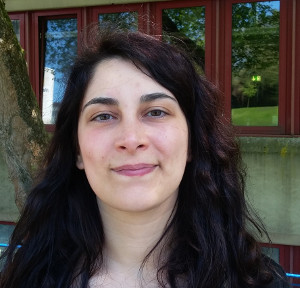 Federica Rochira is a PhD student in the seismology group at WWU Münster since March 2018.
Federica Rochira is a PhD student in the seismology group at WWU Münster since March 2018.
She received a Bachelor degree in Geology and a Master degree in Geophysics at the University of Bari in Italy. She is fascinated by the structure and composition of the Earth. After working on the Earth’s crust, she is now looking deeper into the mantle using a multidisciplinary approach that combines seismology, the most powerful tool “to see” the interior of the Earth, with mineral physics, the key to interpret seismic data.
Her PhD project within TIMEleSS focuses on investigation of seismic signals from structures and discontinuities in the mid-mantle using array seismology method.
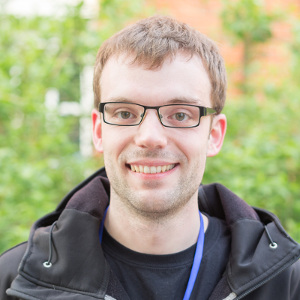 Matthias Krug is a PhD student in the mineralogy group at WWU Münster since April 2018.
Matthias Krug is a PhD student in the mineralogy group at WWU Münster since April 2018.
After finishing his Bachelor’s in Geosciences he continued with a Master’s in Geomaterials, both in Göttingen. He is interested in the composition of the earth’s interior and how different minerals and their phase transitions determine the behavior of the whole system.
His contribution to the project will be to investigate microstructures and textures induced by phase transition in basaltic crust using high-pressure synchrotron experiments.
C. Sanchez, C. Thomas, and S. Merkel are in Münster for discussing the outline of the project, laying out the time tables and discuss about hiring of students. More to come soon!
TIMEleSS PI’s are calling for abstractsat EGU 2018! Look for session sessions
Deadline for abstracts submission is tomorrow, Wednesday 10 January 2018, 13:00 CET. Hope to see you in Vienna !
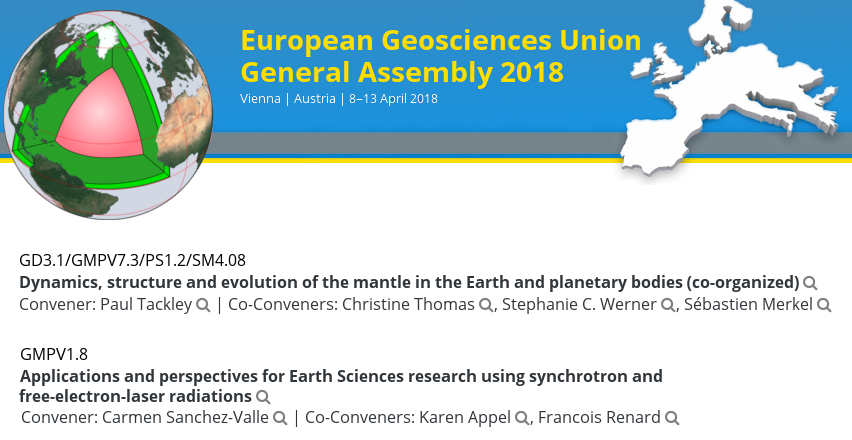
The TIMEleSS project is looking for 2 PhD student. Both students will investigate the link between microstructures, phase transitions and seismic structures in the Earth’s deep mantle using a combination of advanced diffraction methods at synchrotron sources and in-house experimental facilities. Both positions should start on March 1st, 2018, or whenever the position are filled.
The first position will be based at the Institute for Mineralogy of the University of Münster (Germany) under the supervision of Prof. Dr. Carmen Sanchez-Valle and will focus on materials relevant for deep subducted slabs. The second position will be based at the Unité Matériaux et Transformations of the University of Lille (France) under the supervision of Prof. Dr. Sébastien Merkel and will focus on materials for an average mantle composition.
Candidates should contact Carmen Sanchez-Valle and Sébastien Merkel, following the procedures in the attached PDF files. The review process will start on January 15th, 2018, with all applications submitted until January 14th, 2018.
Details and application procedures:
Good news during the gray fall months of 2017: the TIMEleSS project has been selected!
The TIMEleSS acronym stands for “Phase TransformatIons, MicrostructurEs, and their Seismic Signals from the Earth’s mantle”. We will receive a bilateral grant, from the ANR in France and the DFG in Germany, for a total sum of approximately 700 k€. The project includes salaries for 3 PhD students, 1 post-doc, undergraduate works, travel, consumables, and some equipment for our experiments.
The project is led by Sébastien Merkel and Nadège Hilairet at the Université de Lille, Christine Thomas and Carmen Sanchez-Valle from the Westfälische Wilhelms-Universität, Münster, and Sergio Speziale from the Deutsche GeoForschungsZentrum, Potsdam.
With the project, we aim at studying deep mantle discontinuities through a combined mineral physics — seismology approach. The combination of both mineral physics and seismology input be used to model deep mantle processes.
The scientific project is planned to start in the spring of 2018 and will run for 3 years. Stay tuned!